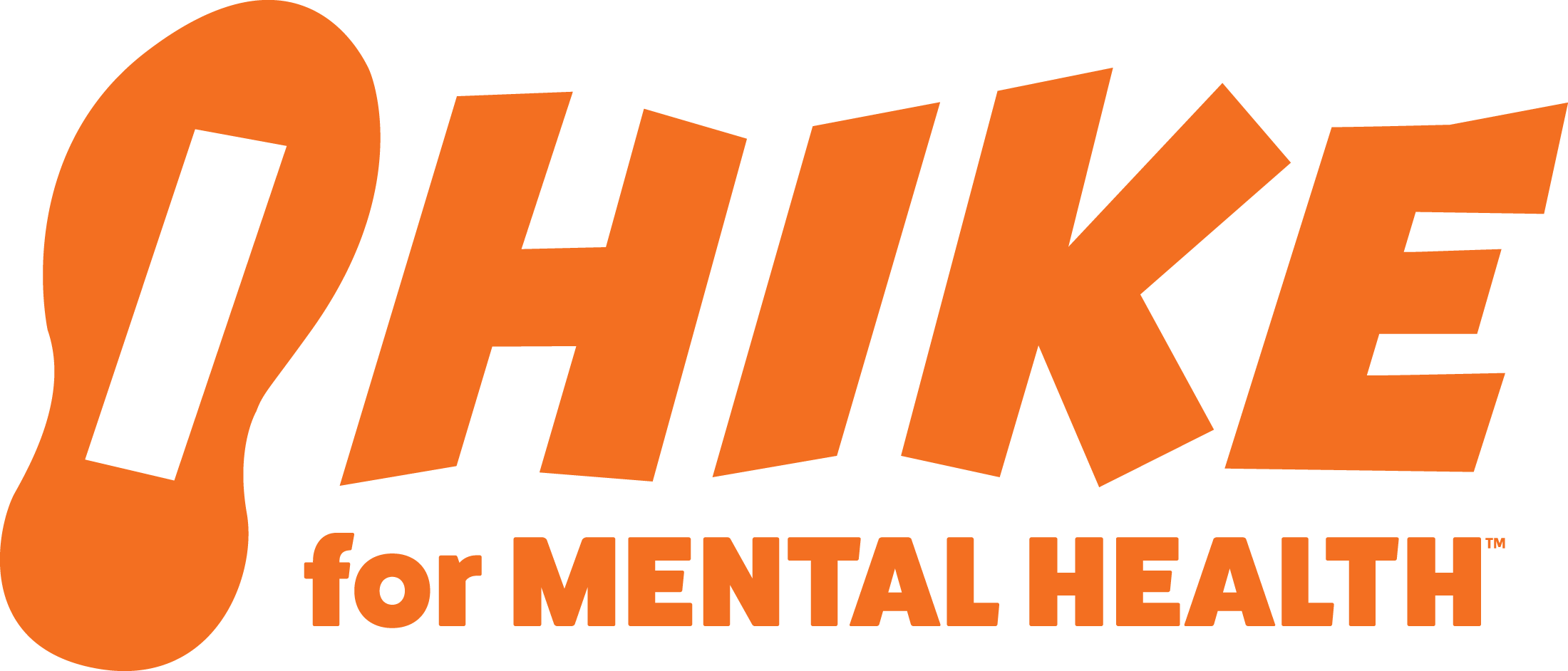Schizophrenia
While few individuals are diagnosed with schizophrenia you have likely heard of this mental illness. According to the NIMH estimates of the prevalence of schizophrenia and related psychotic disorders in the U.S. range between 0.25% and 0.64%. Although the prevalence is low, schizophrenia is typically severe and disabling. The impact on those diagnosed is substantial, as individuals with schizophrenia experience significant health, social, and economic difficulties.
What Exactly is Schizophrenia
The NIMH defines schizophrenia as a serious mental illness affecting how an individual thinks, feels, and behaves. It is characterized by disruptions in thought processes, perceptions, emotional responsiveness, and social interactions. Schizophrenia is usually diagnosed in the late teens years to early thirties. It often emerges earlier in males than in females. Individuals with schizophrenia often have co-occurring medical, mental, and/or behavioral health conditions. These conditions contribute to a higher premature mortality rate. In addition, nearly 5% of people with schizophrenia die by suicide, which is a much higher rate that the general population.
Symptoms and Subtypes of Schizophrenia
According to the Brain & Behavior Research Foundation individuals with schizophrenia can have very different symptoms. The disease can manifest itself differently depending on various factors. While symptoms may differ, they fall into three categories. The three categories of symptoms briefly described below all reflect problems in how the brain functions.
- Positive: includes delusions and hallucinations, often referred to as psychosis
- Negative: includes loss of functioning of emotions and motivation, and withdrawal
- Cognitive: includes problems with attention, concentration, and memory
There are also different subtypes of schizophrenia. They are:
- Paranoid schizophrenia: feelings of extreme suspicion, persecution or grandiosity
- Disorganized schizophrenia: incoherent thoughts
- Catatonic schizophrenia: withdrawal, negative affect and isolation, and marked psychomotor disturbances
- Residual schizophrenia: delusions or hallucinations may go away, while motivation or interest in life is gone.
- Schizoaffective disorder: symptoms of both schizophrenia and a major mood disorder
The above symptoms and subtypes are simply a brief overview. To learn more about the symptoms or subtypes of schizophrenia visit the Brain & Behavior Research Foundation website.
Risk Factors, Causes, and Treatment
Researchers believe that genetics, brain chemistry, and environment contribute to a person’s risk of developing schizophrenia. Schizophrenia sometimes runs in families. However, just because one family member has schizophrenia, it does not mean that other members of the family also will have it. According to the NIMH a combination of genetic factors and environmental factors, such as poverty, stress, dangerous surroundings, and exposure to viruses or toxins, may play a role in the development of schizophrenia.
Treatments for schizophrenia focus on helping people manage their symptoms, improve their day-to-day functioning, and have fulfilling relationships. Treatments include antipsychotic medication, psychotherapy, social skills training/education, coordinated special care programs, and supported employment. You can read more about these treatments on the Mayo Clinic’s website.
Brain & Behavior Research Foundation
The Brain & Behavior Research Foundation has published several videos on the topic of schizophrenia. They include:
- Rethinking Schizophrenia-From The Beginning
- Could We Someday Prevent Schizophrenia Like We Prevent Cleft Palate
- Early Detection and Prevention of Psychotic Disorders: Ready for “Prime Time”
- Improving Function in Schizophrenia: Meet the Scientists Webinar
- Healthy Minds-Schizophrenia: Potential Breakthroughs, Prevention, and Treatment
All of these videos can be found at the link above. In addition, you can also review the recent Schizophrenia research findings supported by the foundation. These include:
- A Way of Predicting if New Psychosis Patients Will or Won’t Respond to Standard Treatment
- Imaging Study Links Changes in Function and Structure of the Hippocampus in Early Psychosis
- After 60 Years, Study Finds Children of Mothers with Bacterial Infections During Pregnancy Have Elevated Psychosis Risk
- Study Links an Early-Life Abnormality in the Auditory Cortex with Vulnerability to Hallucinations in Schizophrenia
In September, 2024 we published an article explaining what the foundation does and how HIKE for Mental Health contributes to their mission, which is to award grants that will lead to advances in treating mental health disorders. One hundred percent of the funds donated to the foundation is for research. As we noted back in September HIKE for Mental Health has contributed $602,014.16 to advance the foundation’s work, including the research noted above. The Foundation is holding their 2024 International Mental Health Research Symposium on October 25, 2024. The foundation’s Outstanding Achievement Prizewinners will present their innovative findings on schizophrenia research, mood disorder research, child and adolescent psychiatric research, and cognitive neuroscience research. To register for virtual or in person attendance, click here.
As was noted at the start of this article, schizophrenia is rare, but the impact is significant. We hope this article helps to shed light and knowledge on this mental illness. Please click on any of the links in this article for more information.


Comments
Schizophrenia — No Comments
HTML tags allowed in your comment: <a href="" title=""> <abbr title=""> <acronym title=""> <b> <blockquote cite=""> <cite> <code> <del datetime=""> <em> <i> <q cite=""> <s> <strike> <strong>